Expansion of Product Offerings
The Birch Sap Market is benefiting from the expansion of product offerings that incorporate birch sap into various food and beverage categories. Manufacturers are increasingly innovating by developing new products such as birch sap-infused beverages, snacks, and even beauty products. This diversification not only caters to a wider audience but also enhances the visibility of birch sap as a versatile ingredient. Market data indicates that the introduction of innovative products has the potential to attract younger consumers, who are often more adventurous in their food choices. As brands continue to explore creative applications for birch sap, the Birch Sap Market is likely to see a boost in sales and brand loyalty, as consumers seek out unique and novel experiences in their consumption habits.
Rising Demand for Natural Sweeteners
The Birch Sap Market is experiencing a notable increase in demand for natural sweeteners as consumers become more health-conscious. This trend is driven by a shift away from artificial sweeteners and refined sugars, with birch sap being perceived as a healthier alternative. In recent years, the market for natural sweeteners has expanded significantly, with birch sap being recognized for its low glycemic index and rich mineral content. As a result, the Birch Sap Market is likely to benefit from this growing consumer preference, potentially leading to a compound annual growth rate (CAGR) of over 5% in the coming years. This shift not only reflects changing dietary habits but also indicates a broader movement towards clean label products, which could further enhance the market's growth prospects.
Increased Awareness of Health Benefits
The Birch Sap Market is witnessing a surge in interest due to the increasing awareness of the health benefits associated with birch sap consumption. Rich in vitamins, minerals, and antioxidants, birch sap is believed to support hydration, detoxification, and overall wellness. Recent studies suggest that regular consumption may contribute to improved metabolic health and skin vitality. As consumers become more informed about these potential benefits, the demand for birch sap products is likely to rise. This trend is further supported by the growing health and wellness sector, which has seen a significant increase in market size, projected to reach several billion dollars in the next few years. Consequently, the Birch Sap Market stands to gain from this heightened focus on health, as more individuals seek out functional beverages that align with their wellness goals.
Growing Interest in Functional Beverages
The Birch Sap Market is experiencing a rise in interest surrounding functional beverages, which are designed to provide health benefits beyond basic nutrition. Birch sap, with its unique composition of nutrients and minerals, fits well within this category. The functional beverage market has been expanding rapidly, with projections indicating a potential market size of over 200 billion dollars in the next few years. This growth is driven by consumer demand for beverages that offer health benefits, such as improved digestion, enhanced energy, and immune support. As birch sap is increasingly recognized for its functional properties, it is likely to gain traction among health-conscious consumers. This trend could significantly impact the Birch Sap Market, as more brands seek to capitalize on the functional beverage trend by incorporating birch sap into their product lines.
Sustainability Trends in Beverage Production
The Birch Sap Market is increasingly aligned with sustainability trends that are reshaping beverage production. As consumers become more environmentally conscious, there is a growing preference for products that are sustainably sourced and produced. Birch sap, often harvested in a manner that does not harm the trees, is viewed as a sustainable option compared to other sweeteners. This eco-friendly aspect is likely to resonate with consumers who prioritize sustainability in their purchasing decisions. Furthermore, the beverage industry as a whole is moving towards more sustainable practices, with many companies committing to reducing their carbon footprint. This shift could enhance the appeal of birch sap products, potentially leading to increased market penetration and a stronger competitive position within the Birch Sap Market.



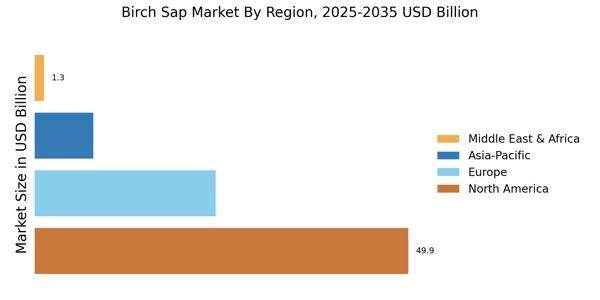
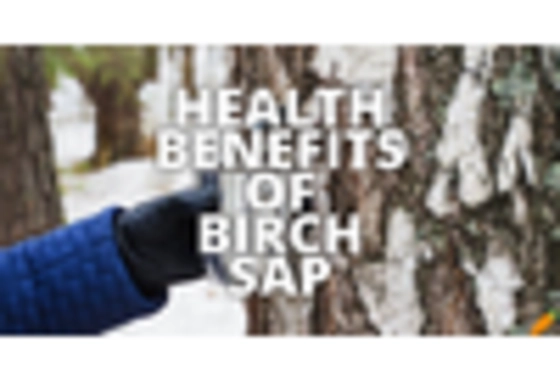
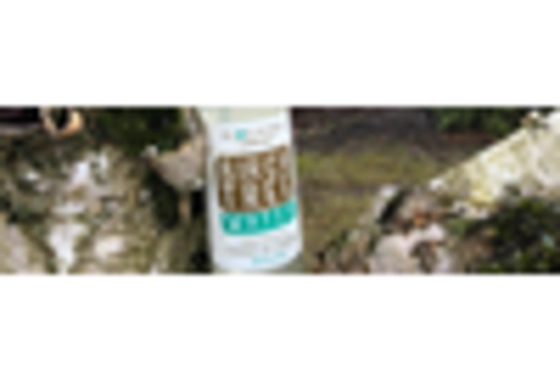
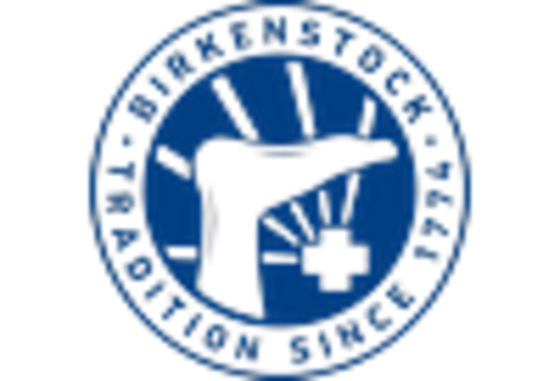
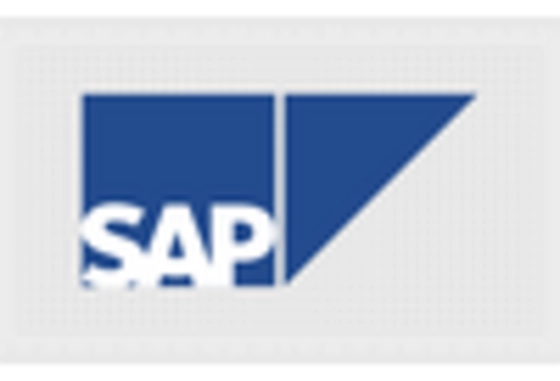

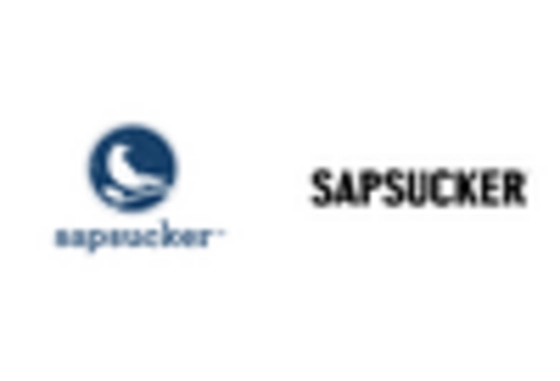








Leave a Comment